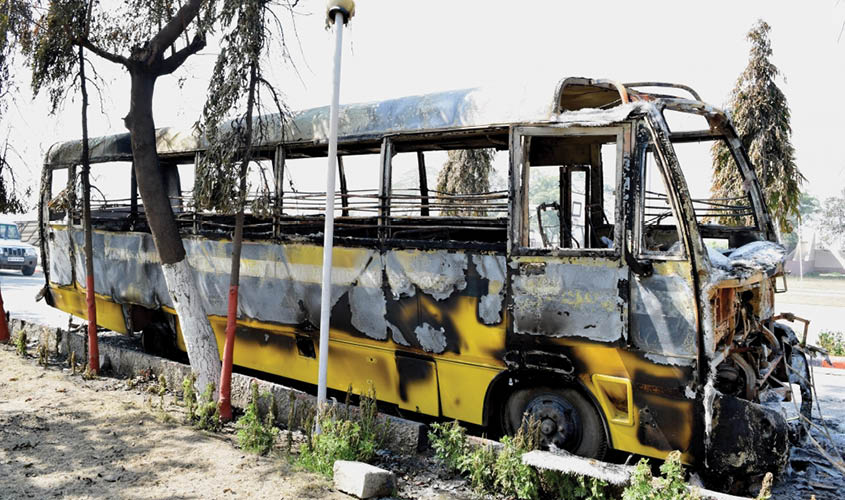BJP is trying to integrate less important castes to create another vote bank.
Political parties in Rajasthan are looking beyond Jats and Rajputs, the two dominant castes in the state, and are opting for micro management to counter the dominance of these two castes without letting them feel ignored.
According to political observers, Bharatiya Janata Party (BJP) president Amit Shah, who has emerged as a master of social engineering and an expert of micro management in electoral politics, has adopted a strategy to integrate many numerically less important castes to form a force against the dominant castes in Rajasthan.
With the emergence of OBCs, SCs and STs, the political arithmetic has changed in the country and the BJP is aware of the fact. A senior BJP leader, who did not wish to be named, told The Sunday Guardian: “The BJP’s aim is to woo more and smaller castes, including the Gujjars, Malis, Kulvis (Choudhrys), Yadavs, Kumawats, Sindhis, Rebaris, Kalals, Rawats Seervi, Dhakar, Meena and Dangi, to create another vote bank, in case there is a deficit in Jat or Rajput votes.”
Political observers say that the above-mentioned smaller castes together dominate in 50 Assembly constituencies in Rajasthan, but in case the Congress and Bahujan Samaj Party (BSP) form an alliance, BJP’s arithmetic may prove to be wrong.
“Our party is trying to craft the same caste arithmetic for Rajasthan that it invented in Uttar Pradesh. The caste engineering of Amit Shah had worked in favour of the BJP that emerged victorious in Lok Sabha and Assembly elections as well,” the senior BJP leader quoted above said.
Manindra Nath Thakur, professor of Jawaharlal Nehru University, told The Sunday Guardian: “By appointing Madan Lal Saini, who comes from the Mali caste, as the Rajasthan BJP president, Amit Shah opted for a middle path. His decision will send the message to numerically less dominant castes that the BJP is giving a chance to them. Also, the decision of appointing Saini will give the impression that the party did not choose a Rajput over a Jat or vice versa, so there is no reason to ignore any of these castes. Selection of the state party president from either of the two dominant castes would have been deadly for the party in the state, which will go to polls this yearend.”
“In Rajasthan, if we keep aside Bhairon Singh Shekhawat’s name, all the Chief Ministers from Mohan Lal Sukhadia to Vasundhara Raje Scindia, who herself is a Maratha and was later married in a Jat royal family, have come from numerically less dominant castes. This has been happening in Rajasthan as political parties have always tried to take a middle path in the state,” Thakur said.
Out of a total 200 Assembly seats in Rajasthan, Rajputs and Jats together dominate in 107 seats. The constant competition between these two castes has transformed the state into a bipolar system in Rajasthan.
Besides the caste-based competition between Jats and Rajputs, there are other conflicts in the state that are happening due to the caste-based identity politics and demand for quota and reservation. The Jats in the state are demanding reservations, while the Gujjars, who have OBC status, are demanding ST status as they feel the Meenas have grabbed their share in development.

